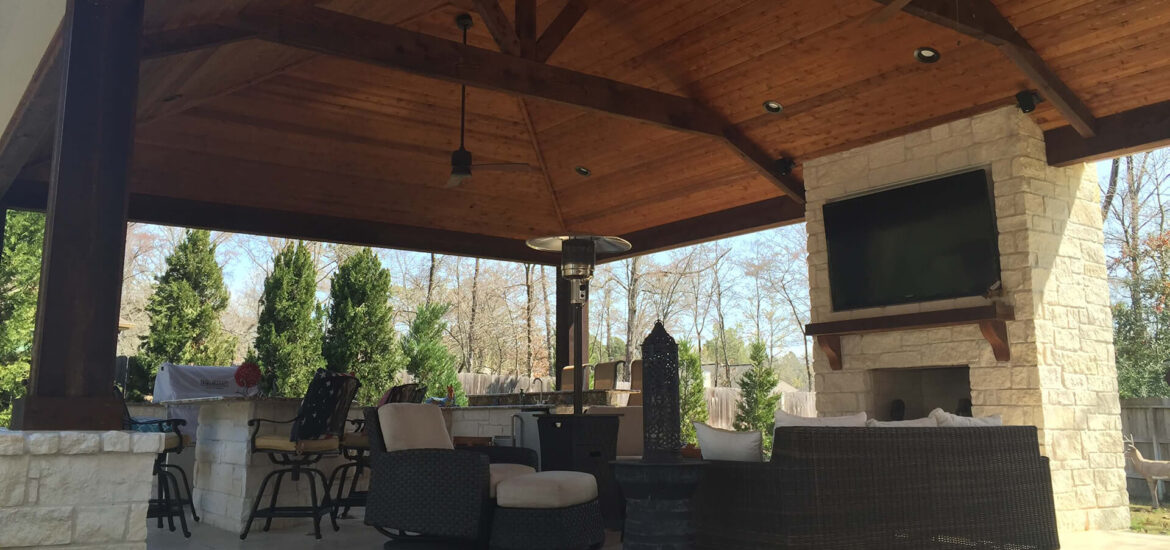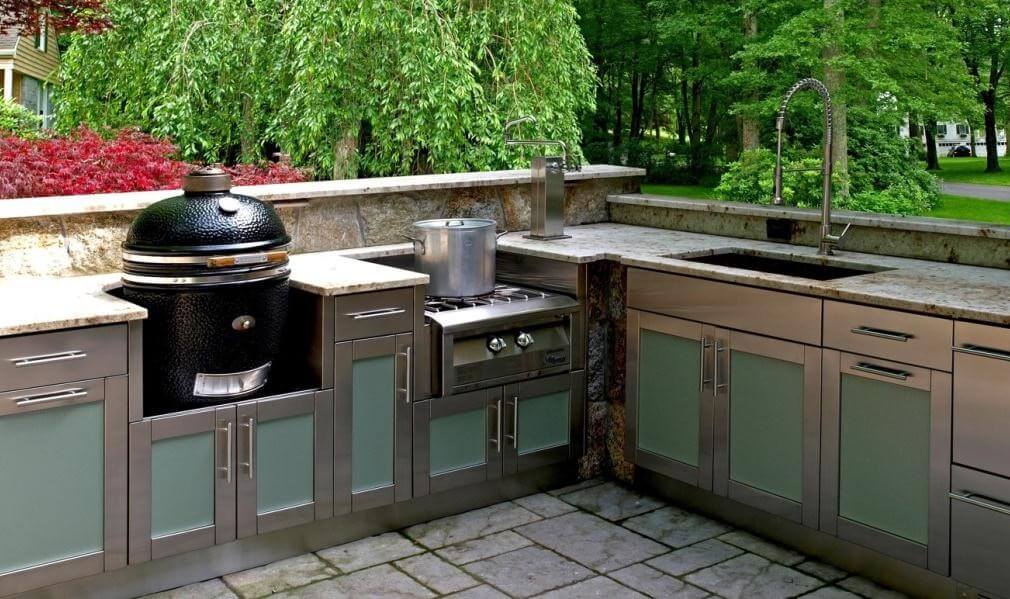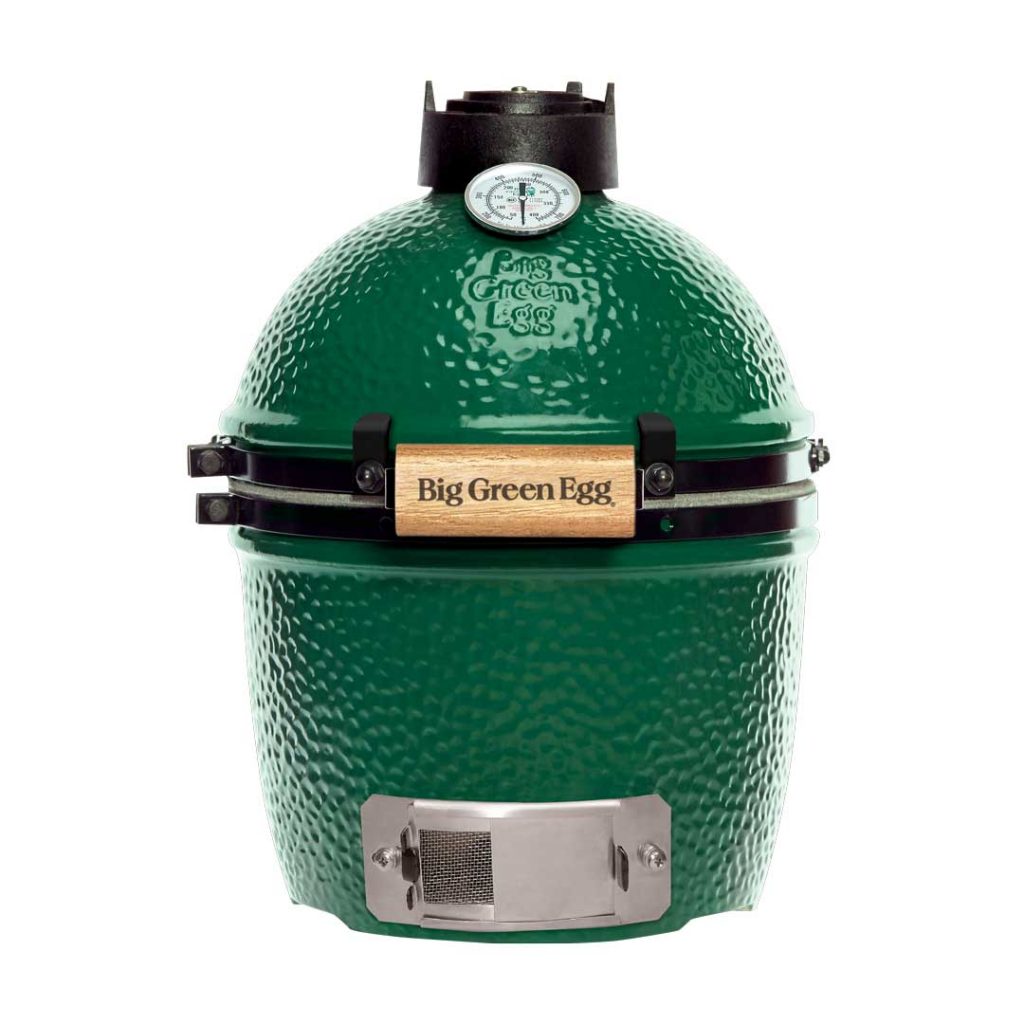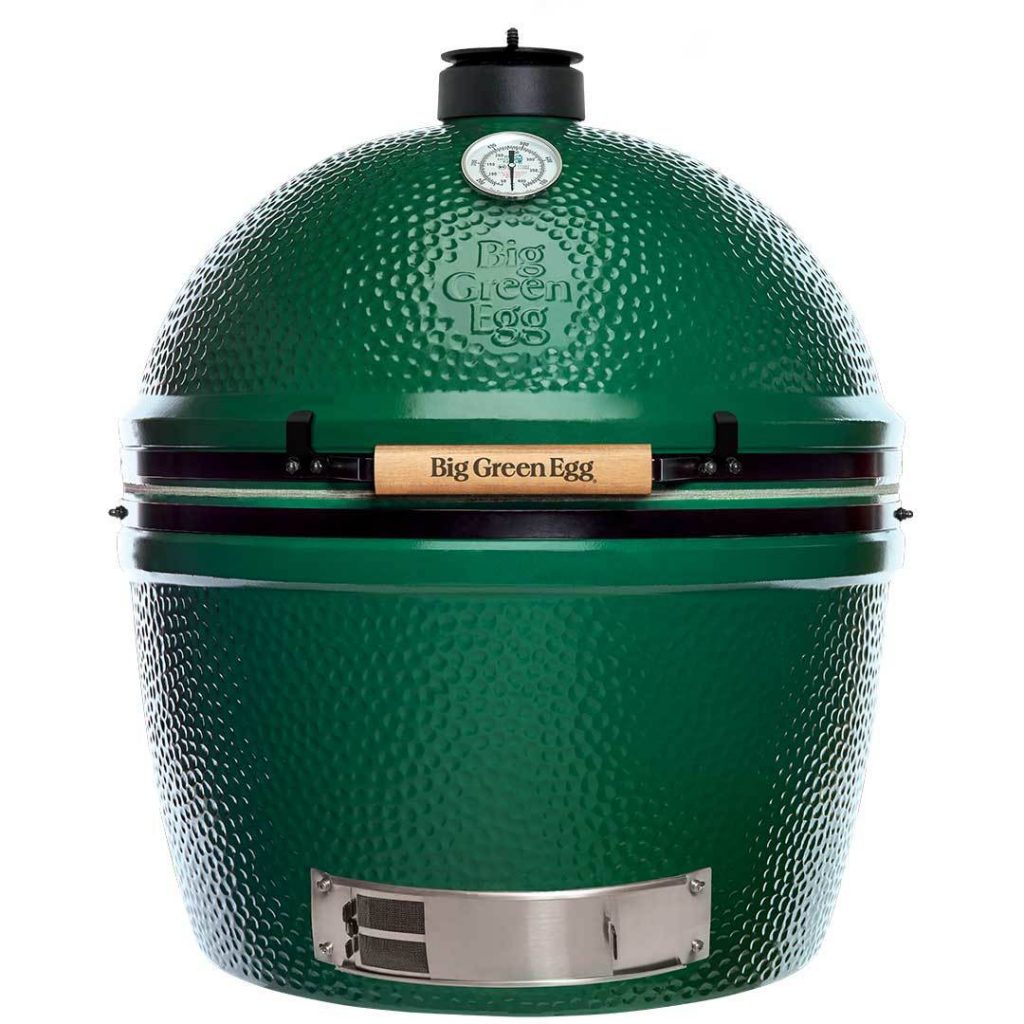For some people, the coziest place in their home is the kitchen and that’s why they invest a great deal of time and money in their kitchens to make sure everything is just the way they want it. But what if the same kitchen is brought outdoors? A lot of houses have great yards and outdoor spaces that are often go underutilized. Here are a few kitchen ideas that will inspire you to build that extra-special cozy place right outside your house.
With an outdoor kitchen comes opportunities for your family and friends to enjoy your food out in the open while you’re one with nature. Guests and hosts can mingle even in the process of cooking, since you are not isolated when you’re cooking inside. Although cooking outdoors certainly gives you the feeling of connecting with nature, it doesn’t mean you can’t have a few electronics and entertainment hubs to make it feel completely like home.
We have chosen five outdoor kitchen styles that will most certainly inspire you to enjoy outdoor living.
1. The Southern Style
If you live in an area that is close to the mountains or have a huge yard, you can go for a southern style outdoor kitchen. You can choose to go all-wood, non-tech and bon-fire oriented kitchen. Don’t get us wrong, we want you to load it up with utilities, but you should consider cut out certain electronics like as LCD TVs or sound systems to really have that American southern style feel.
2. The Home Outside Your Home
The number one reason why people don’t want to opt for an outdoor kitchen is because they don’t want to leave the comfort of their homes. But what if we told you that you can take your home outside? Go with comfortable wicker furniture, which matches your house’s interior decor with the kitchen’s, so that you don’t feel like you’ve even left your home. Install electronics that you have inside to give it that finishing touch along with a ceiling fan.
3. Moroccan-style Gazebo
You can go with a Moroccan-style outdoor kitchen too. You need to have a large seating area for the parties, Arabesque-shaped archways, terra and gold themed color palette and wicker ceiling fans to give it that exotic Moroccan vibe.
4. Mediterranean Blue
This can turn out to be quite beautiful and you can have an all-Mediterranean blue-themed kitchen right in your yard. Go with the royal-blue Spanish tiles or aquamarine-colored Spanish tiles. Give the ceiling, grill tops and cabinet doors a wooden accent to give it that lavish Mediterranean look.
5. Stacked Stone Theme
You can go with a medieval themed galley-style outdoor kitchen where you and your guests enjoy a very modern combination of a fireplace and electronics. Nothing makes it more appealing to the tastes when old meets new. You can create an entire shelter of pergola and the extensive use of rock and stone will give your kitchen an old, rustic and traditional look.So there you have it. No matter what you do we urge you not to forget about the basics. While smoking and open-flame cooking options should be explored, it is important that you have basic utilities installed. Whatever theme you go with, make sure the furniture is weather- sealed and that there is an overhead ceiling or canopy covering the kitchen.















